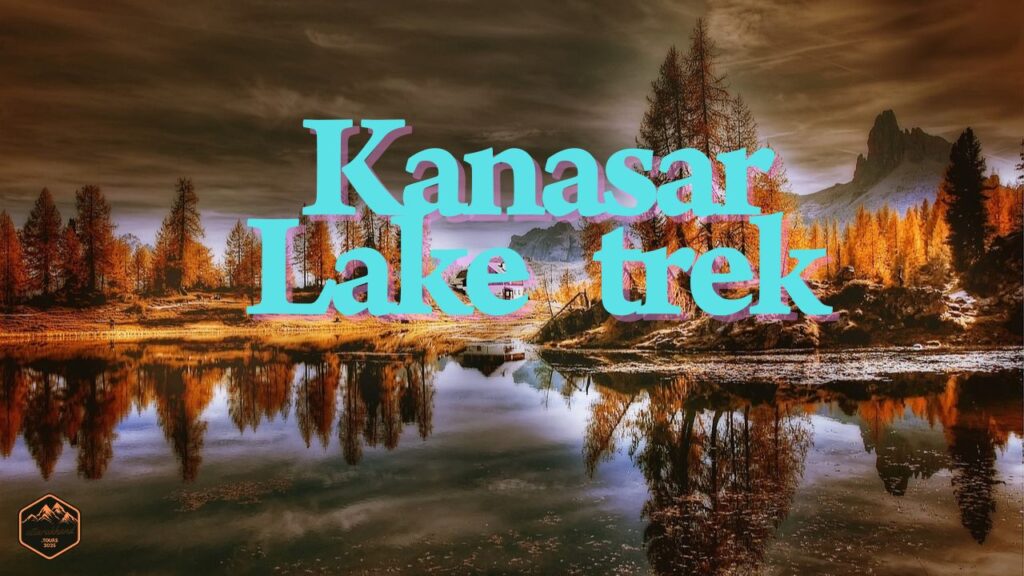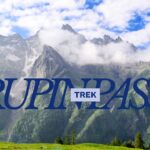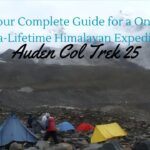Table of Contents
Kanasar Lake Trek
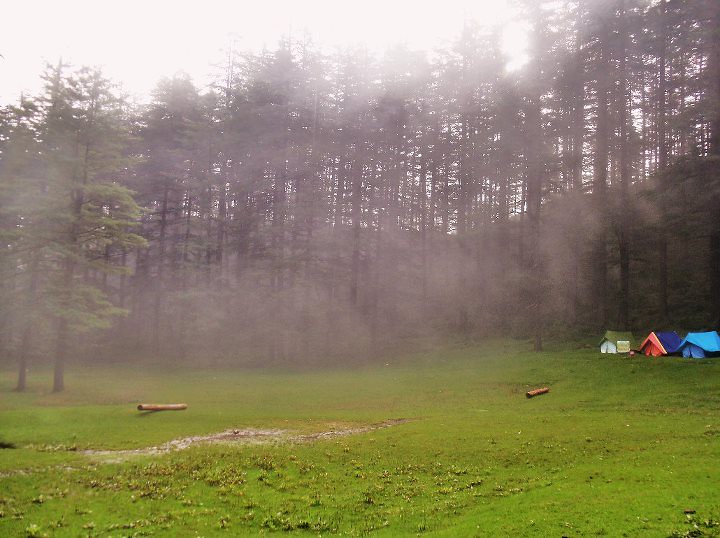
Kanasar Lake Trek captivates ambitious trekkers with a 40 km journey towards the pristine Kanasar Lake, located at a height of 3,600 meters (11,811 feet). It can be found in the highly regarded Govind Pashu Vihar National Park, which offers beautiful vistas of the Swargarohini, Bandarpoonch, and Kalanag peaks, which can be enjoyed while the Kanasar Lake Trek begins in Sankri village.
The trek itself is fit for both begginners and experienced trekkers as it combines the remarkable Kanasar Lake, which is not as popular as Kedarkantha, set in a moderate trek. This guide includes the itinerary, best time, preparations, and safety cultural tips to help plan an unforgettable trek in the Indian Himalayas.
Summary of Requirements for the Kanasar Lake Trek

The Kanasar Lake Trek begins from Sankri and is the only starting point for the trek, which is located in Uttarkashi, Uttarakhand. It is a 40 Kms round trek and is expected to cover a span of 5 – 6 days. It is located in the Govind National Park, and the trek goes through various coniferous forest, alpine meadows, and easter Garhwali villages.
Kanasar Lake is Kanasar Lake is famous for its serene waters which can be encapsulated bewteen blooming meadows in the summer. Along with the trek, the moderate challenges and the embracing beauty of the peak serve maximally for a beginner with a fitness background. It is a perfect mix of espace and social engagement for 2025 trekkers.
Complete Kanasar Lake Trek Itinerary
Day 1: Sankri to Dehradun (Drive: 190 km, 7-8 hours)
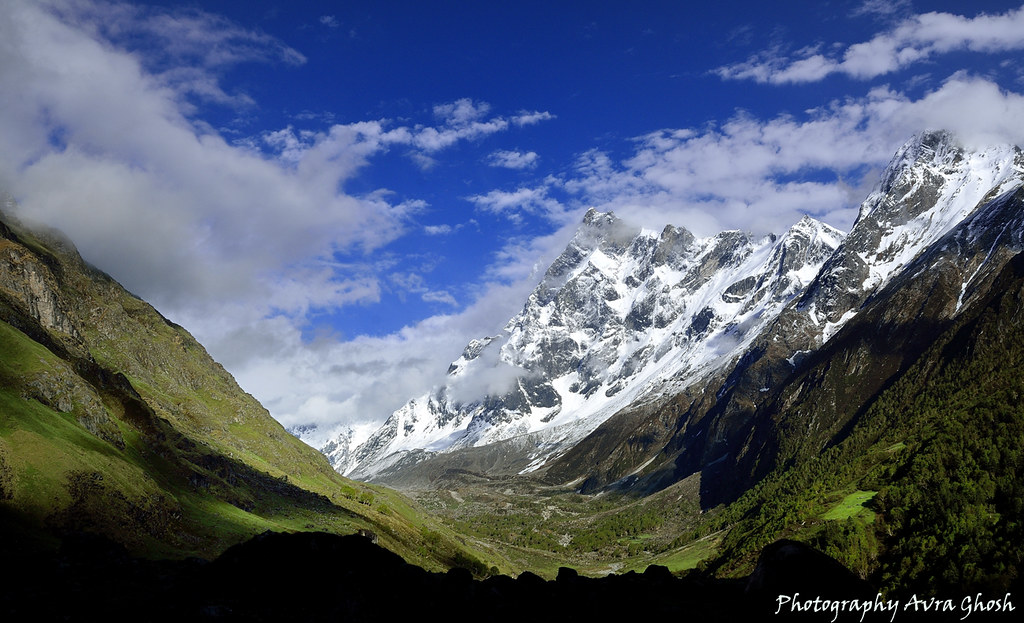
The Kanasar Lake Trek starts with a 190 km drive from Dehradun to Sankri, which is a trekking hub located in Uttarkashi. The drive which takes anywhere from 7-8 hours passes through Mussoorie, Purola, and Mori, providing glimpses of the Tons River Valley. Sankri (1,920 meters) has guesthouses and resthouses which provide homestays.
It is recommended to reserve transport through agencies (INR 1,000-1,500 one way) or through shared cabs (INR 400-800). Purola has the last ATM and connectivity point (BSNL/Jio) which provides mobile signal. Try to reach by evening so you can enjoy a Garhwali meal of rajma chawal and rest to acclimatize for the trek.
Day 2: Sankri to Saur (Drive: 12 km; 1 hour; Trek: 7 km; 3-4 hours)
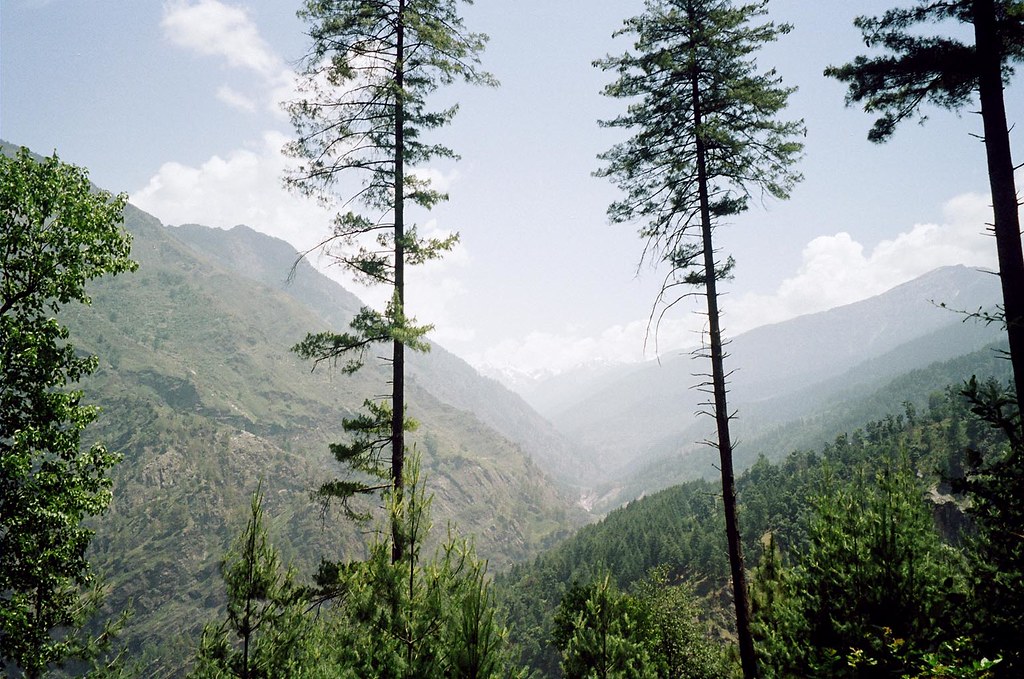
The drive to Saur (2,400 meters) from Taluka (2,100 meters) is 12 km, followed by a trek to Saur, which is 7 km from Taluka. Saur is a Garhwali village that is picturesque. The trek is scenic as it follows the Supin river and passes through pine and deodar forests.
The meadows are adorned with summer blooms like marigolds. The village is captivating with wooden houses and amicable inhabitants. One may choose to camp or stay in a homestay, which provides views of rolling hills. The day is best enjoyed in sturdy trekking shoes with a water bottle, as the hike is easy, but certain stretches are rocky.
Day 3: Saur to Dhaula (Trek: 8 km; 4-5 hours)
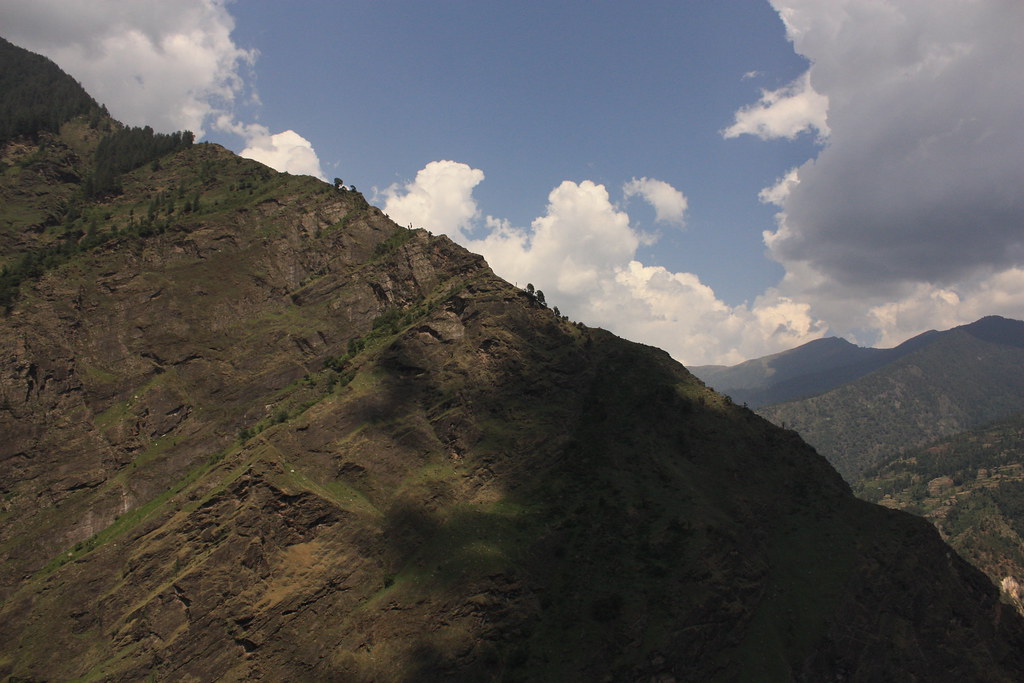
Trek 8 km to reach Dhaula (2,800 meters). It is a tranquil, a meadow campsite in the Govind National Park. The trek traverses through dense forests and expands to alpine meadows, Swargarohini peaks can be spotted.
The summer flora is vibrant with rhododendrons and a variety of flowers like primulas. Beside the stream, Dhaula’s grassy expanse is ideal for camping, making the trek rewarding with captivating views of the stars. The trek is best enjoyed with extra energy snacks in the summer. The campsite is considered a trekker’s paradise and is best to savor the calmation.
Day 4: Dhaula to Kanasar Lake (Trek: 5 km, 3-4 hours)
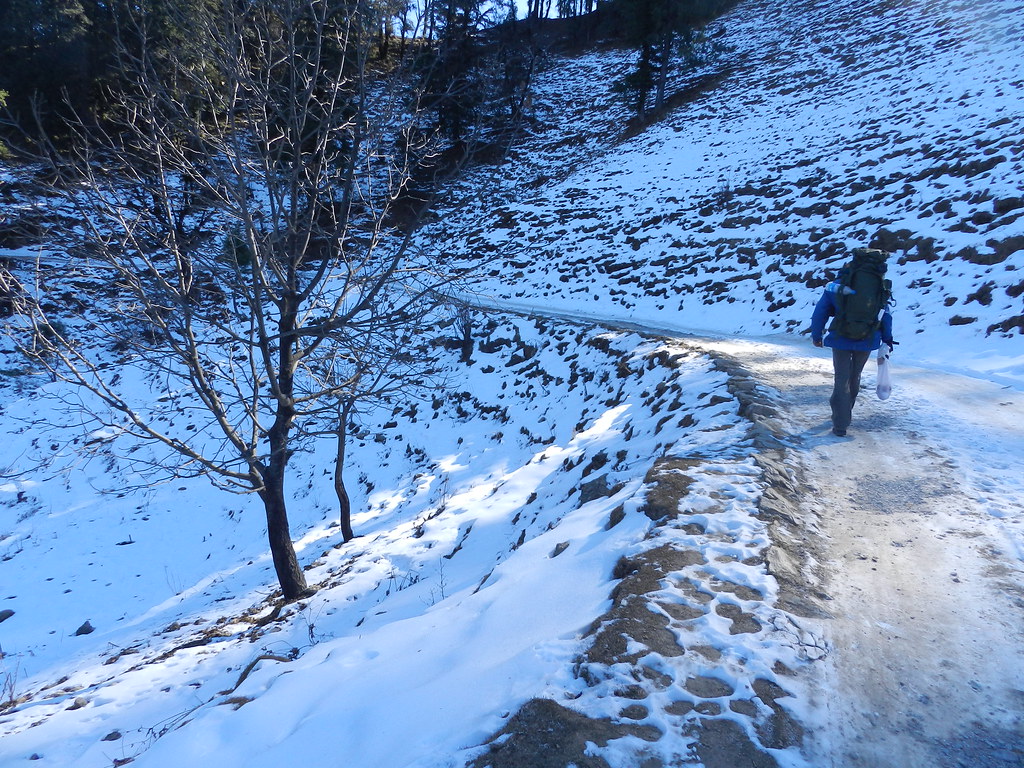
The 5 km trek to Kanasar Lake, situated at 3,600 meters, is the highlight of the trek. It features moderate ascents with meadows and a boulder-strewn path that offers views of Bandarpoonch and Kalanag. Kanasar Lake is shallow, with crystal-clear waters surrounded by alpine meadows and snow-covered mountains.
This summer, the clear skies add to the lake’s increasingly photogenic and reflective beauty. Enjoy the serenity by camping beside the lake or in the nearby meadows. Increased elevation on this leg of the trek demands extra care regarding hydration, altitude sickness, and rest, but the trek and exploration of the lake’s shore more than makes up for the effort.
Day 5: Kanasar Lake to Saur (Trek: 13 km, 6-7 hours)
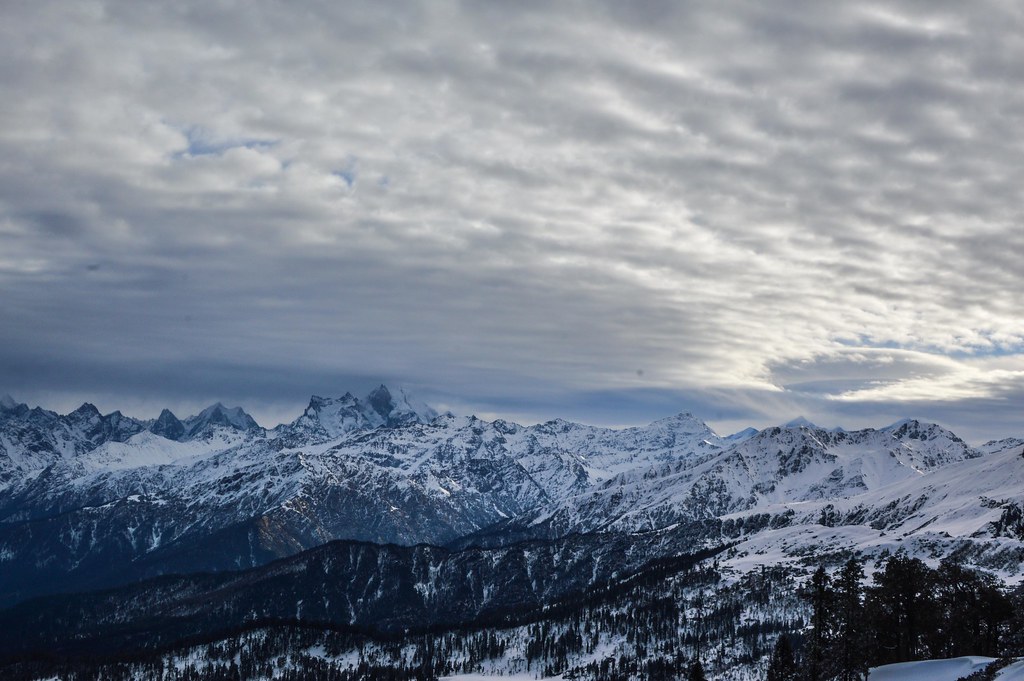
The return trek to Saur (2,400 meters) is an easier descend of 13 km through the same meadows and forests. While the downhill path is less challenging, it is rocky in parts, which requires care. The views of summer flowers and remote areas of the Himalayas are breathtaking.
Saur is a small town, and this offers a glimpse of local life and the chance to experience the Garhwali culture. Spend the night camping or in a homestay. Relish a warm meal after a night of sleeping under the stars. Trekking poles are highly recommended for the descent. The core trekking experience with Kanasar Lake comes to an end, leaving a lifetime of memories.
Day 6: From Saur to Sankri (Trek: 7 km, 3–4 hours) then to Dehradun (Drive 190 km, 7–8 hours)
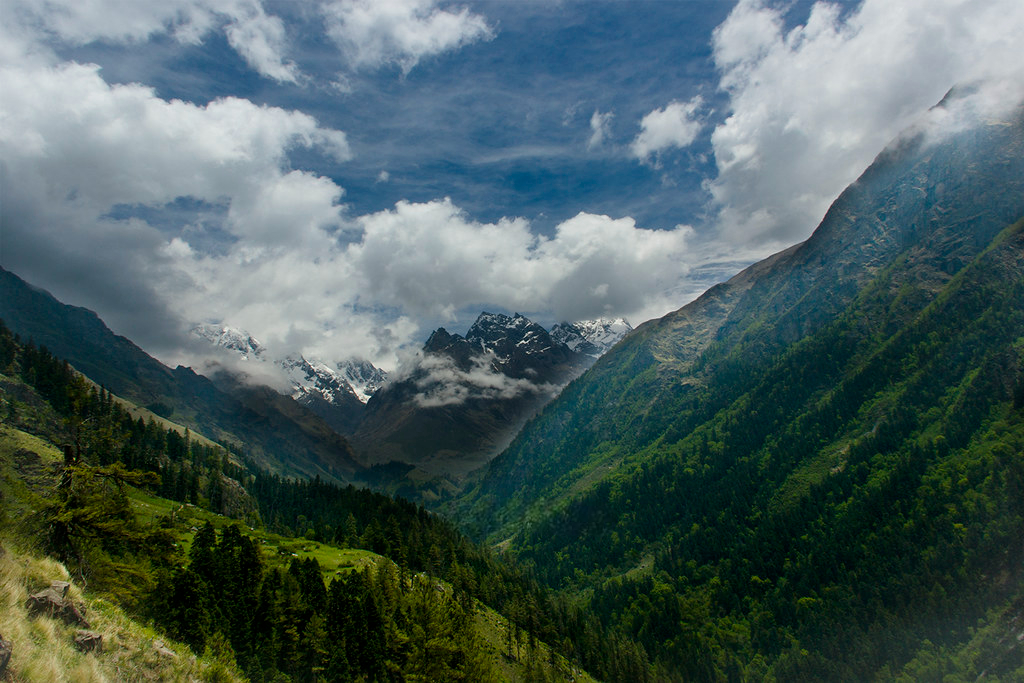
Trek 7 km back to Taluka, then drive 12 km to Sankri. Sankri to Dehradun is a 190 km drive (7-8 hours) through Mori and Mussoorie. Book taxis (3000-5000 INR) or shared cabs for a more affordable trip back. A buffer day (1500 + 5% GST) is suggested for weather-related delays. Arriving in Dehradun by evening completes the Kanasar Lake Trek. Contemplate the stunning lake, the lush meadows, and the Himalayan views dreamily, planning the next trip to take.
Best Time for Kanasar Lake Trek
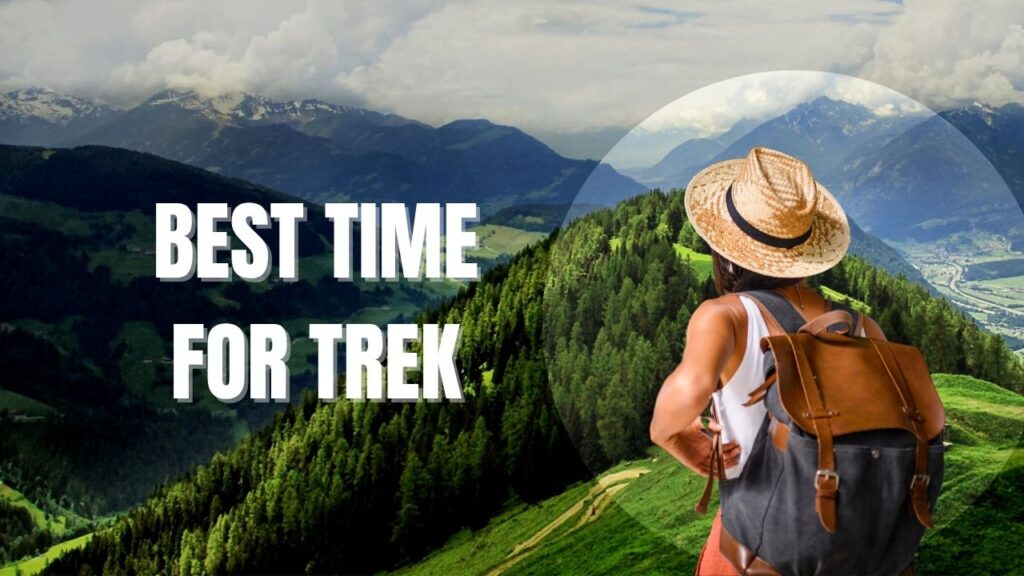
The ideal period for Kanasar Lake Trek is between April to June and September to November. During spring (April-May), temperatures range from 5 to 20 degrees Celsius, making it a wonderful time for the fledgling trekkers. Summer (June) allows for the meadows to flourish with (10-25 degrees Celsius), and is then marked by vivid wildflower growth and picture-perfect lake views.
Autumn (September to November) is marked by 0-15 degrees Celsius, and is the ideal season to witness the stark, golden landscape, and unobstructed views of the Himalayas. There is little to no snow during the winter months (December to March), making it more suited for seasoned trekkers. Avoided the monsoon months (July and August) due to the potential for trail slipperiness and landslide. Be sure to follow weather forecasts and prepare for sudden temperature drops, especially by the lake (0 to 5 degrees Celsius at night).
Cultural and Historical Significance

Trekkers begin their experience of Garhwali culture at the village of Saur, and the Kanasar Trek Lake trek fully immerses them into it. These remote settlements exhibit traditional wooden construction, along with the hospitality of the locals, who share with guests tales of Himalayan folklore. Kanasar Lake is a water body of great importance to the locals, who link it to ancient shepherd paths, which gives it spiritual folklore.
The trek’s route goes through Govind National Park, which was once a trade rout, adding to the trek’s rich historical significance. Engage with Saur villagers to sample traditional dishes such as mandua roti and learn about the Nanda Devi Raj Jat festival. The lake’s stunning reflection and blend with the local folklore truly brings out the nature and heritage of the region.
Flora, Fauna, and Summer Highlights
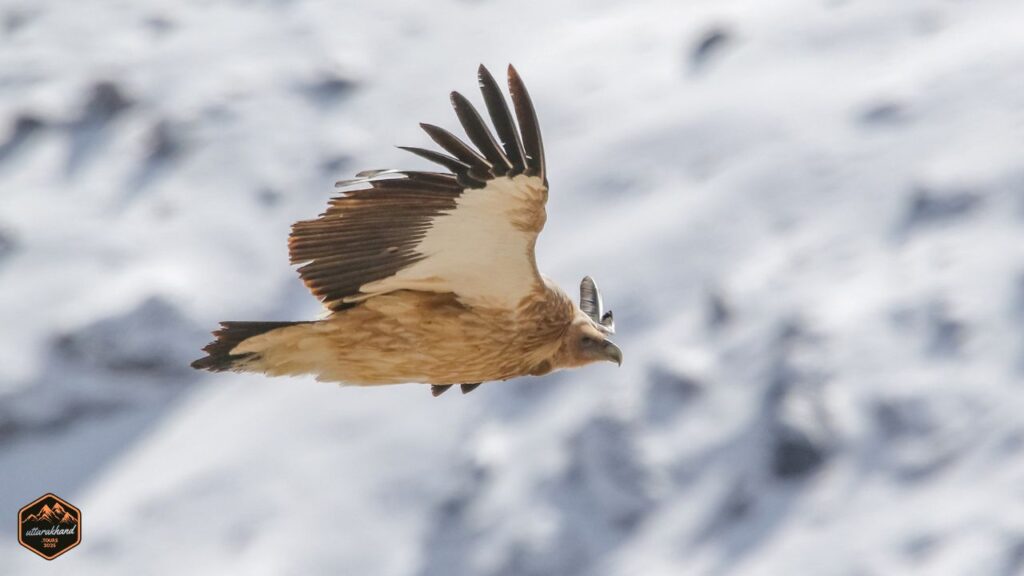
The trek outlines the natural regions of Govind Pashu Vihar National Park, Kanasar Lake Trek displaying great diversity. The summer meadows are splashed with colors of wildflowers such as rhododendrons, primulas, and marigolds, which are abundant. Pine and Deodar forests act as a shelter for Himalayan birds such as the Monal and Himalayan Griffon with rare sightings of musk and barking deer.
The trek takes you to Kanasar Lake, the meadows of Dhaula, and the peaks of Swargarohini and Bandarpoonch, whose views along with serene waters make for an ideal photographic getaway. The trail’s stunning campsites atop throughout the region under the stars and clear summer nights is a boost to nature’s best, showcasing the beauty of the trek.
Trek Difficulty and Preparation
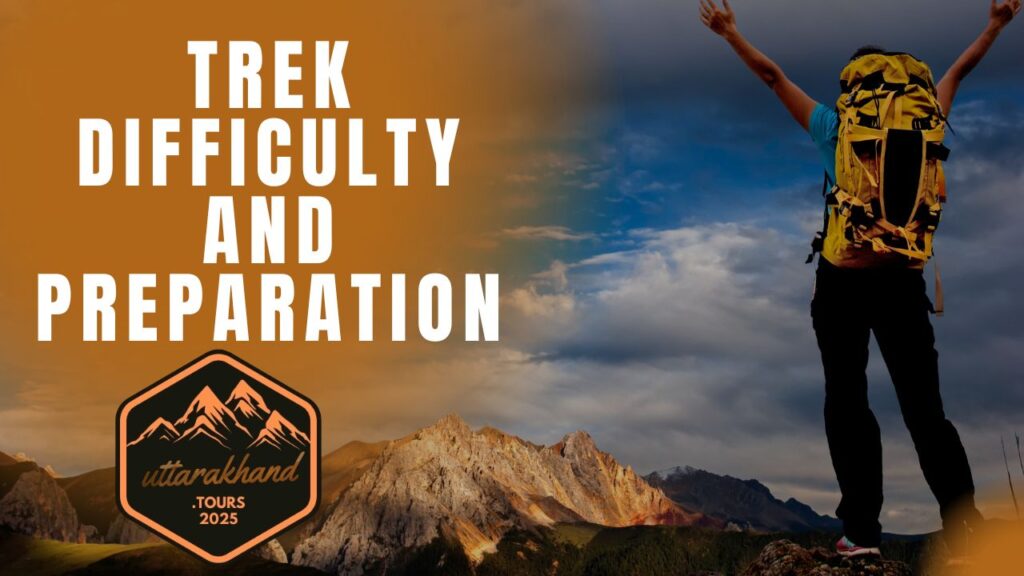
Trek Kanasar Lake is a moderate trek perfectly suitable for the starters and intermediates in the trekking community as long as they maintain a moderate fitness level. The trek spans over 40 km and is divided into 5-13 km stretches over several days. The maximum altitude is 3600 meters. It is essential to prepare 4- 6 weeks in advance through cardio (running 5 km in 30 minutes) and strength training (squats, lunges).
The most important equipment for the trek includes High ankle trekking shoes such as the Decathlon MH series, a 30-40L rucksack, trekking poles, and a head light. Don’t forget to pack a raincoat and fleece for the layered clothes. Also, a first aid kit is a must have. Arrive Dehradun a day earlier for acclimatization purposes. Guided tours, including Indiahikes and Trek The Himalayas, enhance safety and navigation and offer valuable cultural information.
How to Reach the Kanasar Lake Trek Base
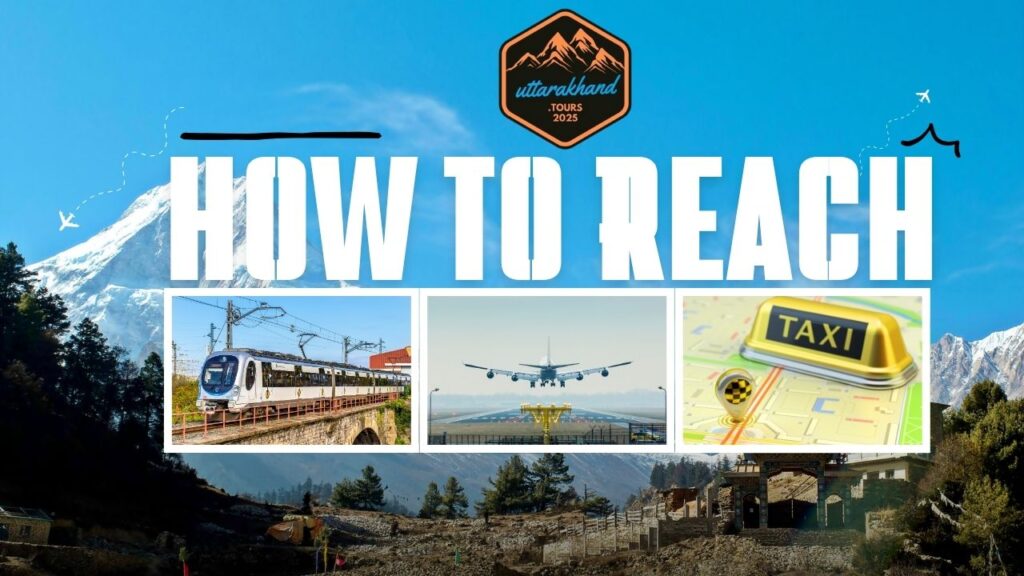
Flights to Jolly Grant Airport and Dehradun, or trains to Dehradun Railway Station (Shatabdi Express from Delhi) will get you to Sankri. There, you can hire a taxi for INR 3000-5000 or a shared cab for 400-800. The trip will take roughly 7-8 hours.
Agencies also offer transport for 1000-1500 INR one way. Purola is the last town with ATM and connectivity (Jio/ BSNL). Don’t forget to carry your documents for the permits that can be applied through the agencies or in Sankri for 100–200 INR. Remember, the day before the trek you need to acclimatize and enjoy the local Garhwali culture.
Trek Expenses and What’s Included
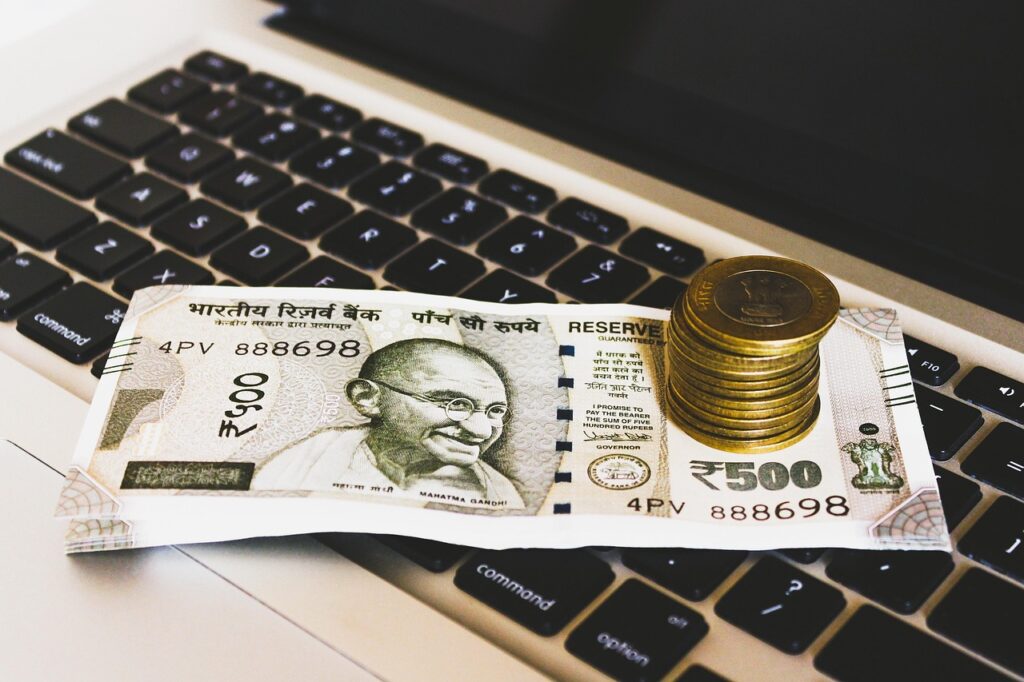
Kanasar Lake Trek is priced between INR 9,000 to 14,000. For this price, customers can enjoy a 5 to 6 day guided trek that includes transport from Dehradun to Sankri, meals, accommodations in tents or homestays, guide and porter services, and necessary permits. For those needing additional services, there is an extra fee of INR 1,000 to 2,000 for backpack offloading and INR 500 to 1,500 for gear rental.
Dehradun is accessible by air and train. Flights cost 3,000 to 10,000, while train tickets are between 300 to 1000. To ensure a place in peak season, (April to June and September to November) booking is recommended 1 to 2 months in advance with Indiahikes, Bikat Adventures, or Trek The Himalayas. It is also important to have travel insurance as well as review cancellation policies in case of weather delays.
Key Safety Precautions and Gear to Bring
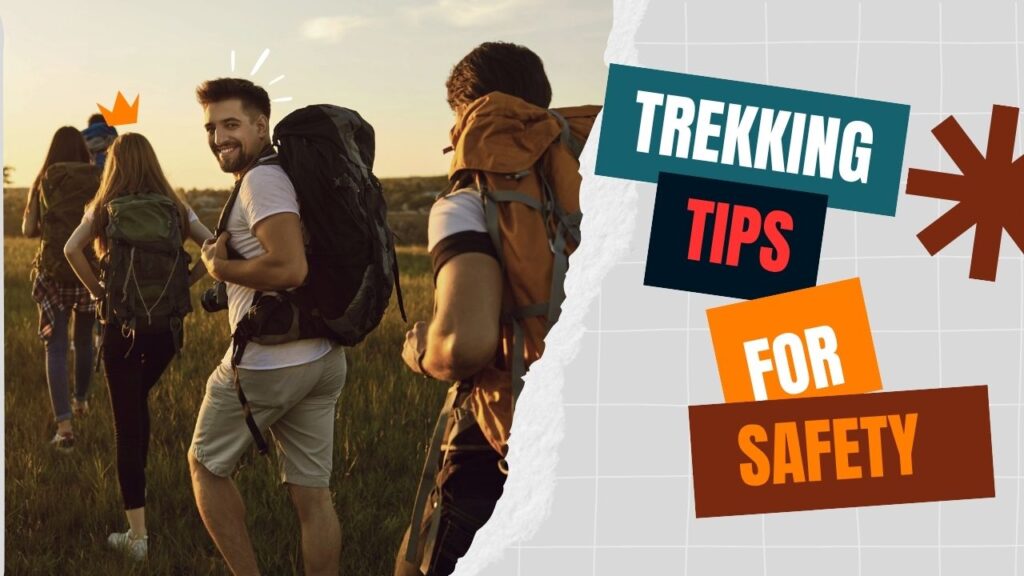
Participants of the trek are recommended to train for 4 to 6 weeks in cardio and strength to prepare for moderate elevation. Essentials to pack include high ankle trekking shoes, a 30 to 40L backpack, layered clothing such as fleece and raincoats to thermals for autumn, trekking poles, a headlamp, and a first aid kit with Diamox for altitude sickness.
It is important to follow proper hydration guidelines and carry 1 to 2 liters of water as well as energy snacks. Gauged AMS symptoms like headaches and nausea also need to be monitored. For the trek, ensure to follow the marked trails provided by the guide. Temperature can be near 0 degree Celsius, therefore checking the weather is important before the trek. To ensure an eco-friendly trek, do not litter to preserve the Govind National Park’s ecosystem.
What is the Significance of the Kanasar Lake Trek?
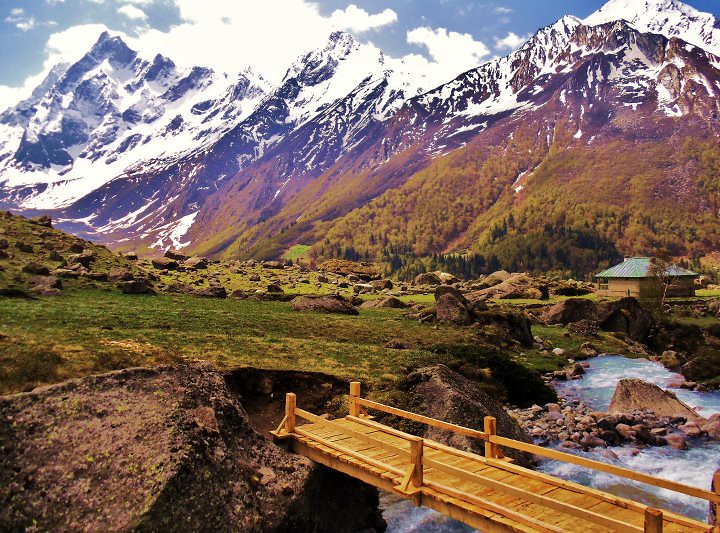
Focusing on the Kanasar Lake Trek reveals this trek is an overlooked route that most people do not know of as it is less popular than Kedarkantha or Deoriatal. Kanasar Lake’s stunning view, the vibrant meadows, and the sprawling Himalayas highly cultivates the interest of more advanced trekkers. Enthusiasts trekkers are attracted to the area because they take in the culture of the Saur people living there.
The serene environment, companionship, as well as the typic Garhwali character add extra appeal to the trek. The abundant landscape of summer adds an extra layer to the already exceptional appeal of the trek. In 2025, the Kanasar Lake Trek will surely be an added itinerary for hikers because it transmutes the majestic Himalayas into an unforgettable treasure for all adventurers in search of pure contact with nature.
Final Thoughts
The Kanasar Lake Trek is a wondrous journey, integrating placid lakes, colorful meadows, and Garhwali culture. This pristine Lake Trek is best suited for both beginner and seasoned trekkers. The tranquil Kanasar Lake can be best cherished as the crown jewel after the trekkers behold the breathtaking views of Swargarohini and Bandarpoonch.
For an effortless and enjoyable journey, be sure to schedule your trek for 2025, following the strategies recommended in this guide, and be ready to book with a trusted trekking agency. Don’t forget to share your trekking questions along with your plans in the comments. Get ready to embark on one of Uttarakhand’s best-hidden gems!
Commonly Asked Questions concerning Kanasar Lake Trek
When is the most appropriate time to go on the Kanasar Lake trek?
The optimal months for the trek are April until June and after September until November. During the spring and summer months of April to June, trekkers can expect stunning lush meadows complimented with wildflowers while autumn months of September to November offer clear view and a refreshing glare.
What is the travel route to the base camp of the Kanasar Lake Trek?
Sankri can be reached via Dehradun by taxi or private vehicle by traversing through Mussoorie and Purola. It is a 190 km trip that lasts around 7 to 8 hours. You can fly or take a train to Dehradun, and from there, take a taxi or shared cab to Sankri. Taxis cost around 3,000 to 5,000 INR, and shared cabs around 400 to 800 INR.
Can you tell me the prices associated with Kanasar Lake Trek?
Guided 5-6 day trips cost anywhere between 9,000 and 14,000 INR. This price includes all the necessities such as food, transport, tents, and permits. Traveling to Dehradun is not included in the price. Offloading gear will run you around an extra 1000-2000 INR and renting gear will be 500-1500 INR.
What items should I take with me to Kanasar Lake Trek?
Make sure to pack drinking water and snacks as well. If you wish, you can rent the items from local agencies.
Can the Kanasar Lake Trek be a solo expedition?
You will need to purchase a guided tour as agencies will not allow you to embark on this solo. Make sure to tell someone your plans and to check the weather so you can stay safe. Always bring your first aid kit with you.
Which animals can I view during the Kanasar Lake Trek?
While in Govind National Park, one can view the Himalayan Monal, Himalayan Griffon, musk deer, and barking deer. During the summer, meadows allow for more wildlife viewing opportunities, although it is critical to stay in recommendations and distances provided by the guides.
Are permits required for the Kanasar Lake Trek?
Yes, for the Kanasar Lake Trek, one requires permits for the Govind National Park, which costs approximately 100-200 INR. These permits can be acquired via agencies, or can be obtained directly in Sankri. Make sure to have some ID for cross verification.
Can beginners do the Kanasar Lake Trek?
Definitely. The Kanasar Lake Trek is of moderate difficulty, which is well suited for individuals with some basic level of fitness. Make sure to train for 4-6 weeks, have the provided guides follow during the trek, and ensure to pack proper clothing. The gradual ascents during the trek make it easy for first time trekkers.
What makes Kanasar Lake Trek stand out from the others?
Differentiating from more popular treks such as Kedarkantha, Kanasar Lake’s lesser known status offers stunning views of the Himalayas, a serene and pristine lake, and uncrowded trails. The cultural immersion in Saur is also a treat, making it a hidden gem awaiting discovery in 2025.

